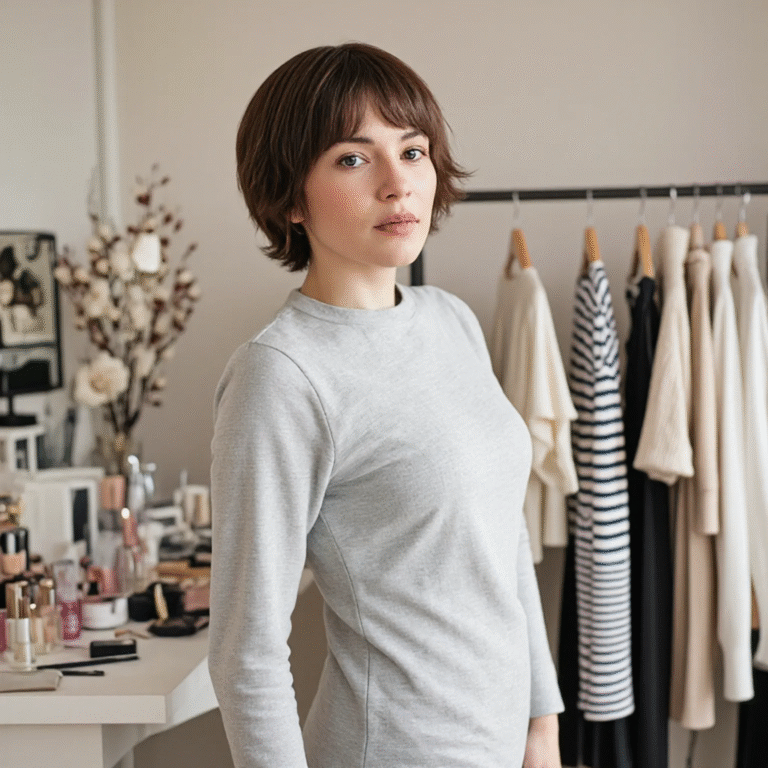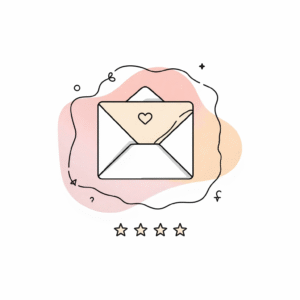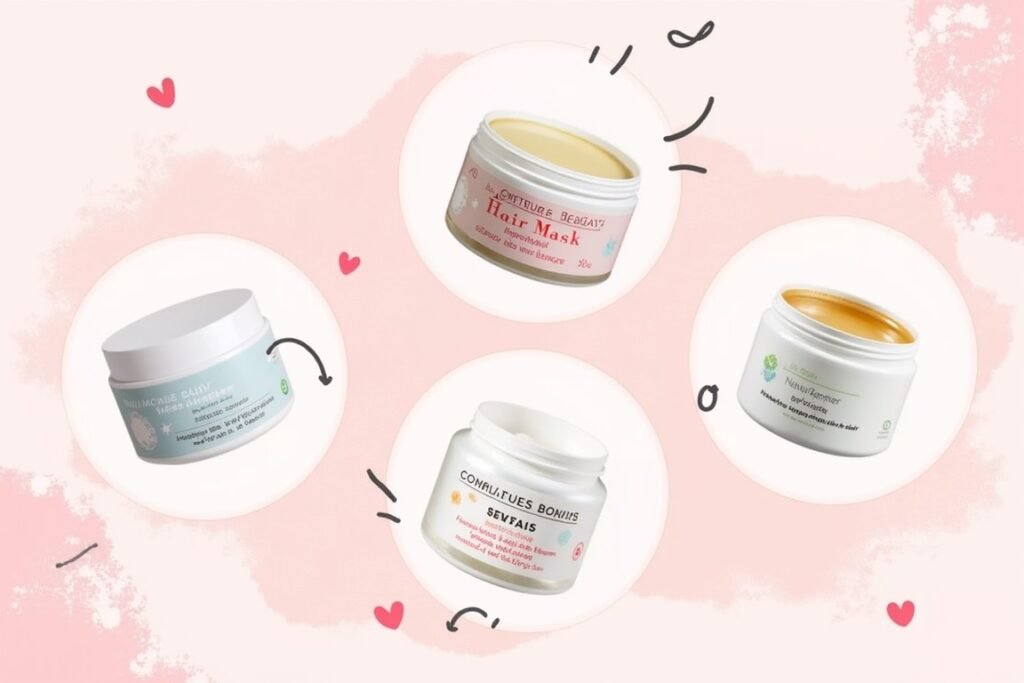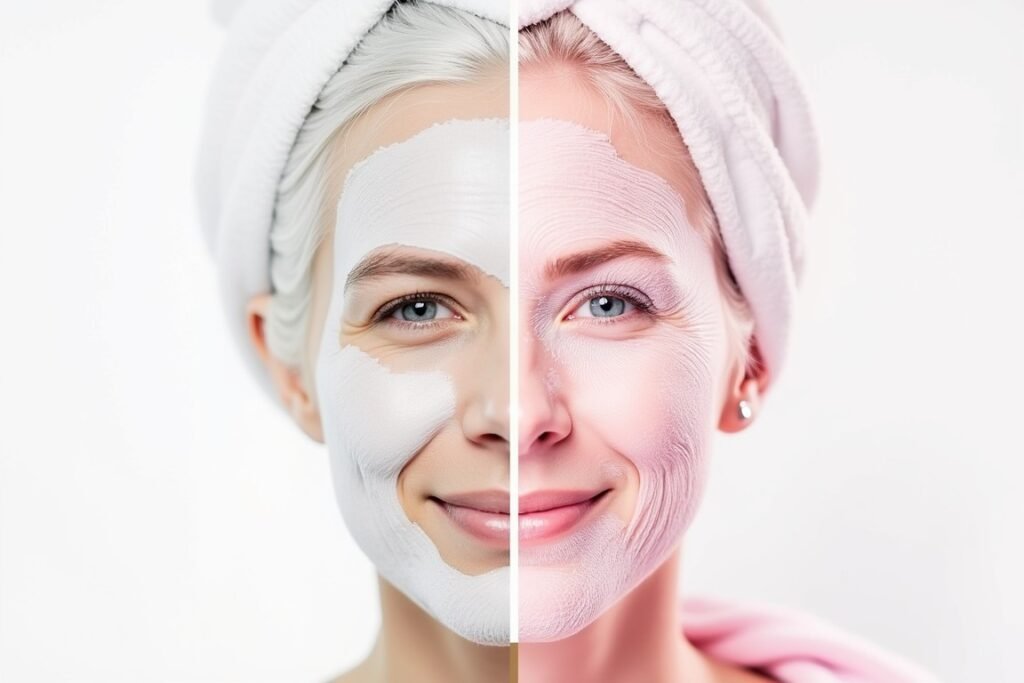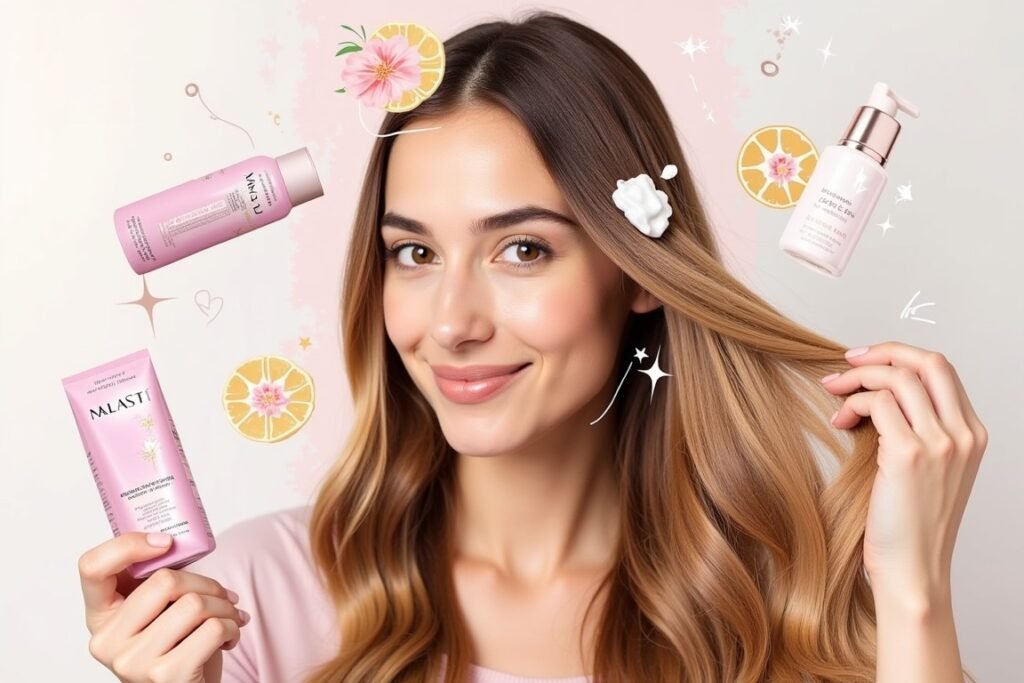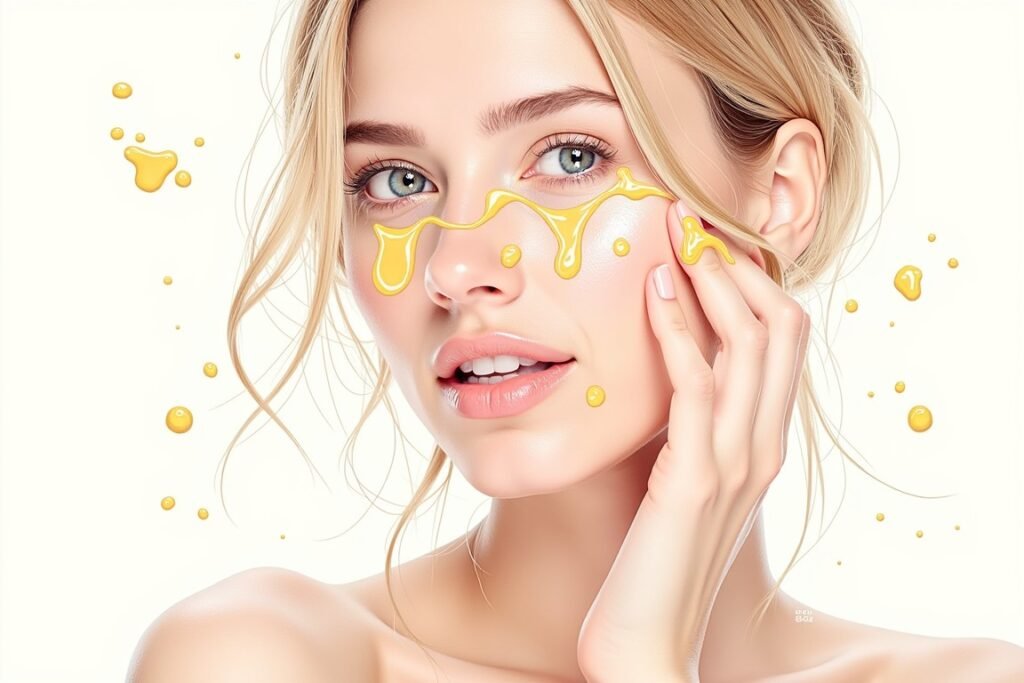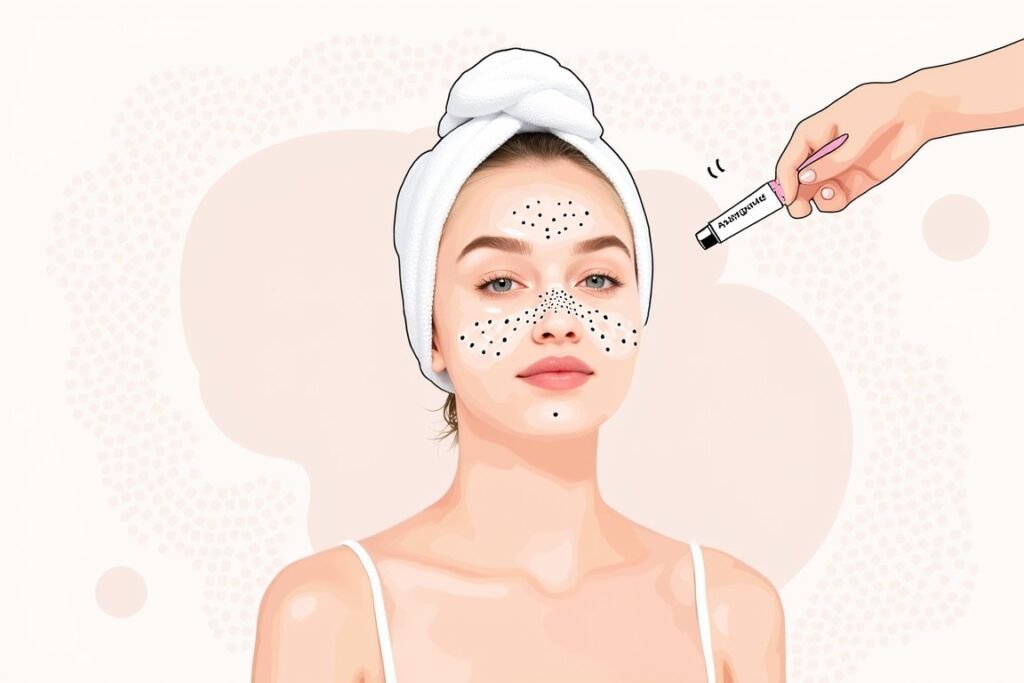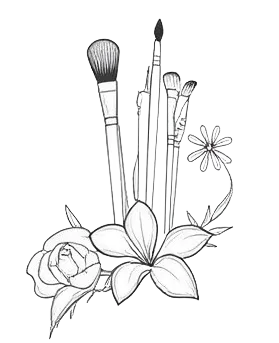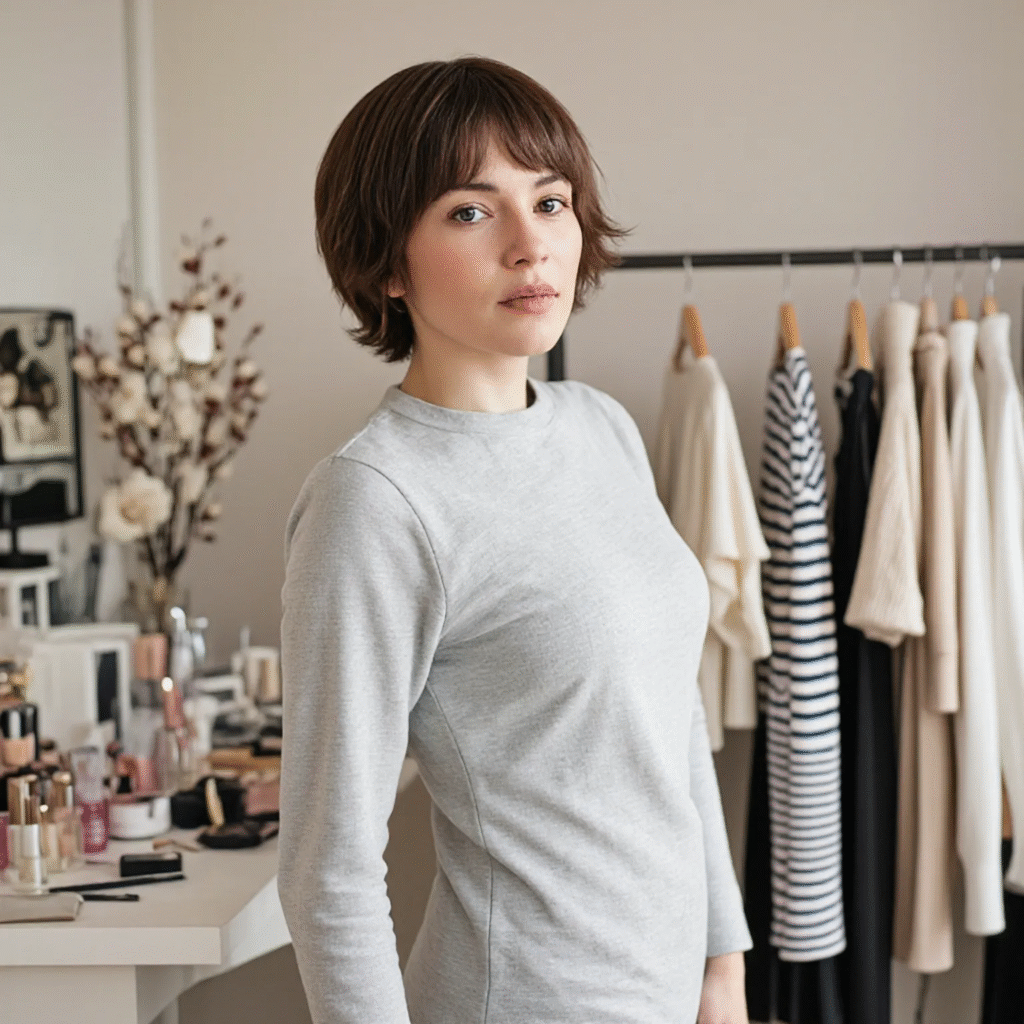Those tiny dark spots on your nose aren’t just annoying – they’re probably one of the most googled beauty concerns out there. You’ve likely tried everything from pore strips to DIY remedies, maybe even considered the dreaded squeeze-and-hope approach.
Here’s the thing: blackheads on your nose are stubborn because that area produces more oil than anywhere else on your face. But with the right approach, you can actually get rid of them safely without damaging your skin or making the problem worse.
Let me walk you through what actually works, based on dermatologist recommendations and real-world results.
Contents
- 1 Quick answer – what works best for blackhead removal?
- 2 Why do blackheads form on your nose in the first place?
- 3 What NOT to do – blackhead removal mistakes that damage skin
- 4 7 safe methods to remove blackheads from nose
- 5 How often should you remove blackheads?
- 6 When to see a dermatologist for stubborn blackheads
Quick answer – what works best for blackhead removal?
The most effective approach combines:
- Salicylic acid (BHA) for daily treatment
- Oil cleansing to dissolve buildup
- Professional extraction for stubborn cases
- Consistent routine to prevent new ones
Avoid harsh scrubbing, DIY pore strips, or aggressive squeezing – these methods often make blackheads worse and can cause permanent damage to your skin.
Why do blackheads form on your nose in the first place?
Your nose is basically an oil production factory. The pores here are naturally larger and produce more sebum than other areas of your face. When this oil mixes with dead skin cells and gets trapped in your pores, it oxidizes and turns that characteristic dark color.
The main culprits:
- Excess oil production
- Dead skin cell buildup
- Hormonal fluctuations
- Using heavy, pore-clogging products
- Not removing makeup properly
Understanding this helps explain why blackheads keep coming back – it’s not that you’re doing something wrong, it’s just how your skin naturally functions.
What NOT to do – blackhead removal mistakes that damage skin
Before we get to solutions, let’s talk about what makes blackheads worse:
Never squeeze with your fingers. You’ll push bacteria deeper into the pore and potentially cause scarring. Those satisfying extraction videos you see online? They’re done by professionals with proper tools and technique.
Skip the DIY pore strips. While they might pull out some surface gunk, they can also remove healthy skin and make pores appear larger over time.
Don’t over-exfoliate. Scrubbing harder won’t make blackheads disappear faster – it’ll just irritate your skin and trigger more oil production.
7 safe methods to remove blackheads from nose
1. Oil cleansing method
This might sound counterintuitive, but oil dissolves oil. Use a cleansing oil or even plain jojoba oil to massage your nose for 2-3 minutes. The oil breaks down the sebum plugs naturally.
How to do it: Apply oil to dry skin, massage gently, then remove with a warm washcloth.
2. Salicylic acid treatment
BHA (beta hydroxy acid) penetrates oil and dissolves the gunk inside your pores. Look for products with 0.5-2% salicylic acid.
Pro tip: Start with lower concentrations to avoid irritation. Apply only to the nose area initially.
3. Clay masks (weekly treatment)
Bentonite or kaolin clay draws out impurities and absorbs excess oil. Use once or twice a week, not daily.
4. Professional extraction
A dermatologist or licensed esthetician can safely extract stubborn blackheads using proper tools and techniques.
5. Retinoid treatment
Prescription retinoids or over-the-counter retinol increase cell turnover, preventing dead skin from clogging pores.
6. Steam and gentle extraction
Steam your face for 5-10 minutes to soften blackheads, then use a comedone extractor tool (if you know how to use it properly).
7. Consistent double cleansing
Remove makeup with an oil-based cleanser, follow with a water-based cleanser. This prevents buildup that leads to blackheads.
How often should you remove blackheads?
Daily: Oil cleansing and salicylic acid (if your skin tolerates it) Weekly: Clay masks or gentle steam treatments Monthly: Professional extractions if needed As needed: Spot treatments for individual blackheads
Consistency beats intensity every time. Daily gentle care prevents more blackheads than aggressive weekly treatments.
When to see a dermatologist for stubborn blackheads
If you’ve tried these methods for 6-8 weeks without improvement, it might be time for professional help. A dermatologist can:
- Perform safe professional extractions
- Prescribe stronger treatments like tretinoin
- Rule out other skin conditions that might look like blackheads
- Recommend in-office treatments like chemical peels
Don’t suffer with persistent blackheads when effective professional treatments are available.

